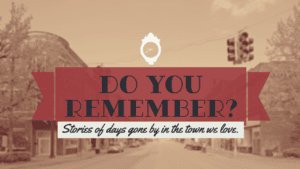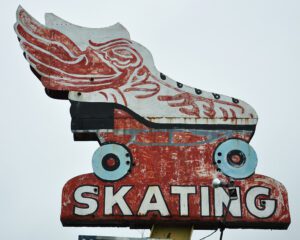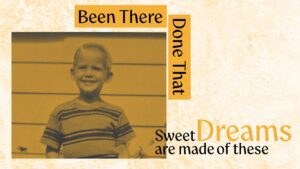When I was growing up, the Fourth of July meant many things. There were picnics with homemade ice cream, potato salad, watermelon, and BBQ. Flags were flown on just about every front porch. Concerts with stirring patriotic music were held in the courthouse gazebo. But the most enjoyable part of the Fourth of July involved fireworks.
When I was about five-years-old, my father introduced me to the glorious world of pyrotechnics. Although I was only allowed to hold “sparklers” and light the “black snakes,” aka “glow-worms.” My father put on a fireworks show in our backyard, setting off several rockets, Roman candles, and firecrackers.

I was not allowed to shoot off my own fireworks until I was nearly ten years old. Lighting my own explosive devices and watching things burn was one of the rites of passage to becoming a young “adult.”
Fireworks were quite a bit different back then. Firecrackers were bigger. “Black snakes” contain toxic mercury, and you could buy exquisitely explosive entertainment, such as M-80s and Cherry Bombs. They were more like ordnance than fireworks. You risked serious injury when lighting those babies.
Before I became a teenager, the most destructive thing I did with fireworks was to set up battles with my toy soldiers and plant Cherry Bombs in the dirt to simulate land mines. My friends and I became rather creative and turned this into an art. We would gauge the winner by how high the soldiers went up in the air. Placing Cherry Bombs in empty soda and beer cans was also quite rewarding.
As I turned thirteen, I entered a more “aggressive” phase. I took model cars that I no longer cared for and placed M-80s inside of them. It is hard to describe the joy I felt to watch the cars explode into tiny plastic shrapnel.
By this time, I was allowed to ride my bike to several fishing holes. Besides bait and food, I often took fireworks with me. It was exhilarating, watching an M-80 detonate in the water. Several of my friends used them to stun fish—which, by the way—is illegal.
Some of our uses for fireworks were problematic. Once, a few of my buddies had the bright idea of shooting bottle rockets at cars. I refused to participate, but I did stand by to watch. The second car that drove by was a white 1962 Chevrolet. My friends launched their assault. One hit the back of the car. The vehicle came to a screeching halt. Unbeknownst to my friends, the car was driven by a deputy sheriff. Suffice to say, they never did that again.
Back in those days, for the most part, the police did not rigidly enforce the law concerning fireworks. However, utilizing one of our favorite locations, Sugarloaf Hill, resulted in a visit from the local constabulary. My friend Greg was in the process of lighting a small rocket when I told him he should stop. He ignored my warning, and the next thing I heard was, “Ok, boys, that’s it for today.” After a stern warning on the dangers of fireworks and citing the letter of the law, he went on his way. We packed up our goodies and went back to my house, where we resumed our fireworks fun uninterrupted.
Daryl Howard and I always experimented with ways to get more “bang for our buck” out of our fireworks. One such incident was when we took an entire package of Black Cat firecrackers (approximately 250), broke them open, and poured the ingredients on his driveway. After painstakingly breaking open all of the firecrackers, I volunteered to throw a lighted match on the pile of powder. The resulting flash and heat from the ignition of the powder left me with a slightly burned finger and I saw spots for a few minutes.
I won’t go into details for obvious reasons, but one Fourth of July, I built my own explosive (IED) using gunpowder from my father’s store and sundry supplies.
Looking back, it is a miracle I escaped my youth unscathed. However, I have many fond memories of my early foray into fireworks.











